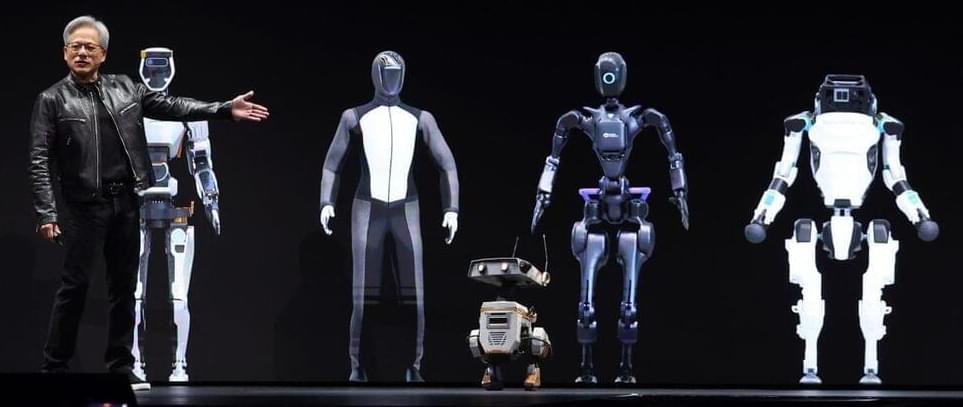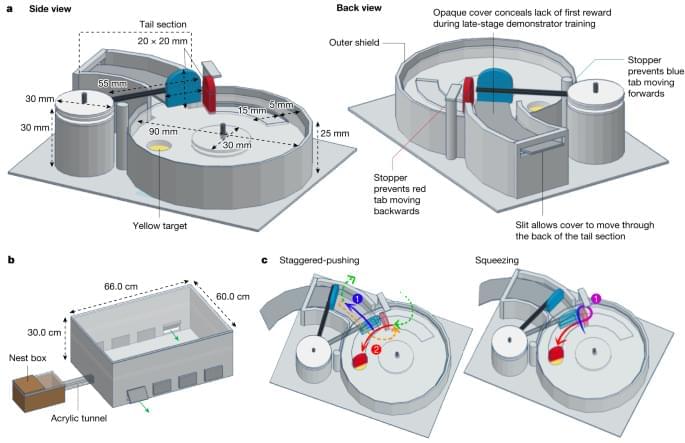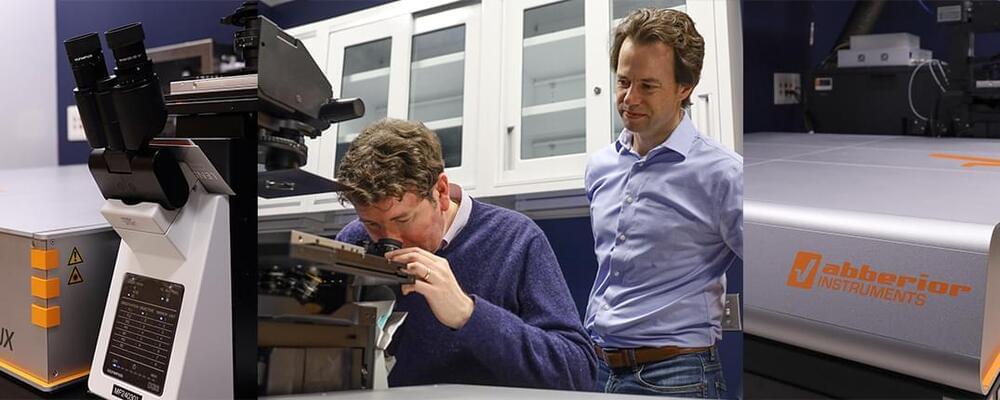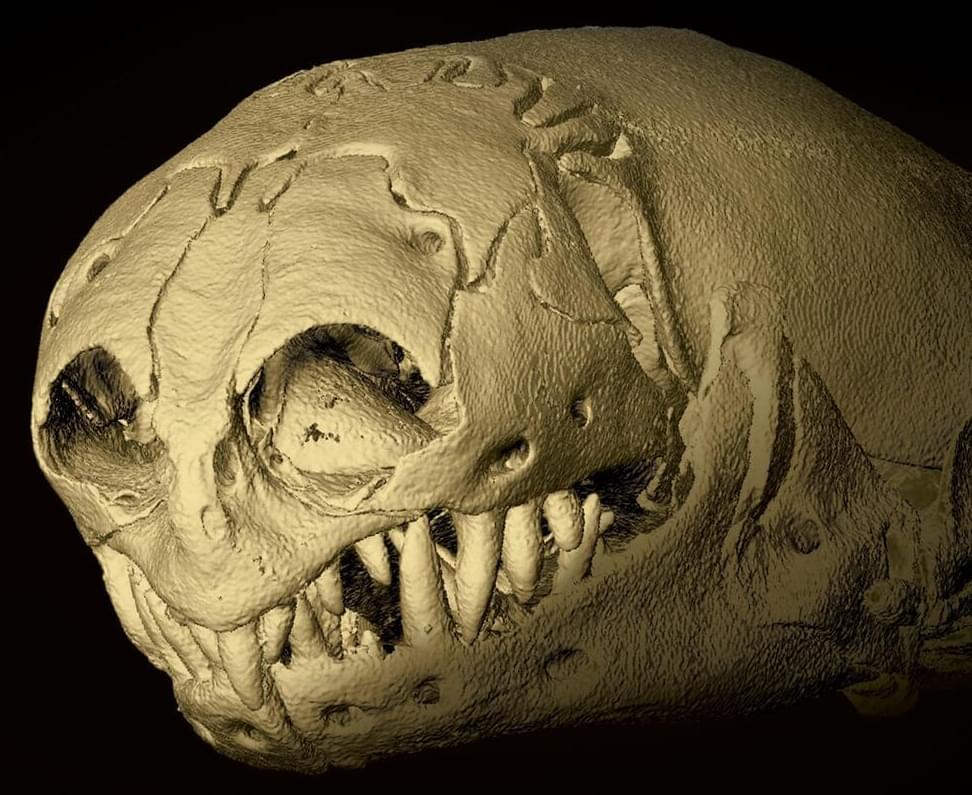Tesla’s FSD Beta 12.3 shows improvement in navigating tight and congested roads, but still struggles with some scenarios and needs more work on winding mountain roads.
Questions to inspire discussion.
How does Tesla’s FSD Beta 12.3 perform on congested roads?
—The FSD Beta 12.3 shows confidence and assertiveness in navigating tight and congested roads, with improved performance compared to previous versions.







